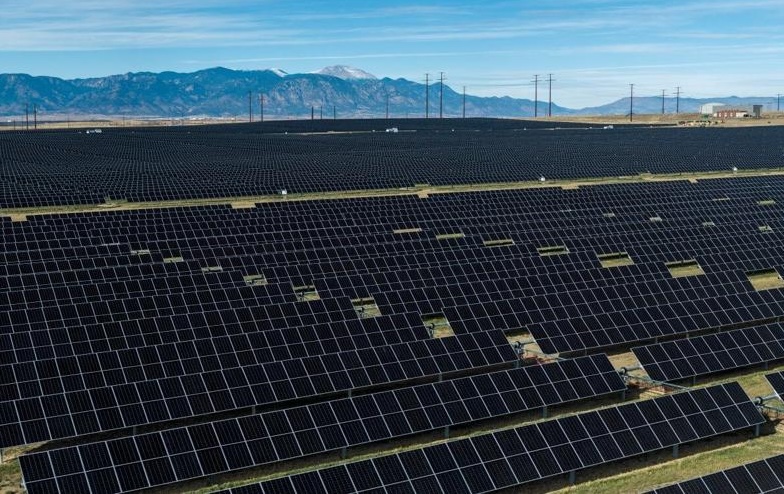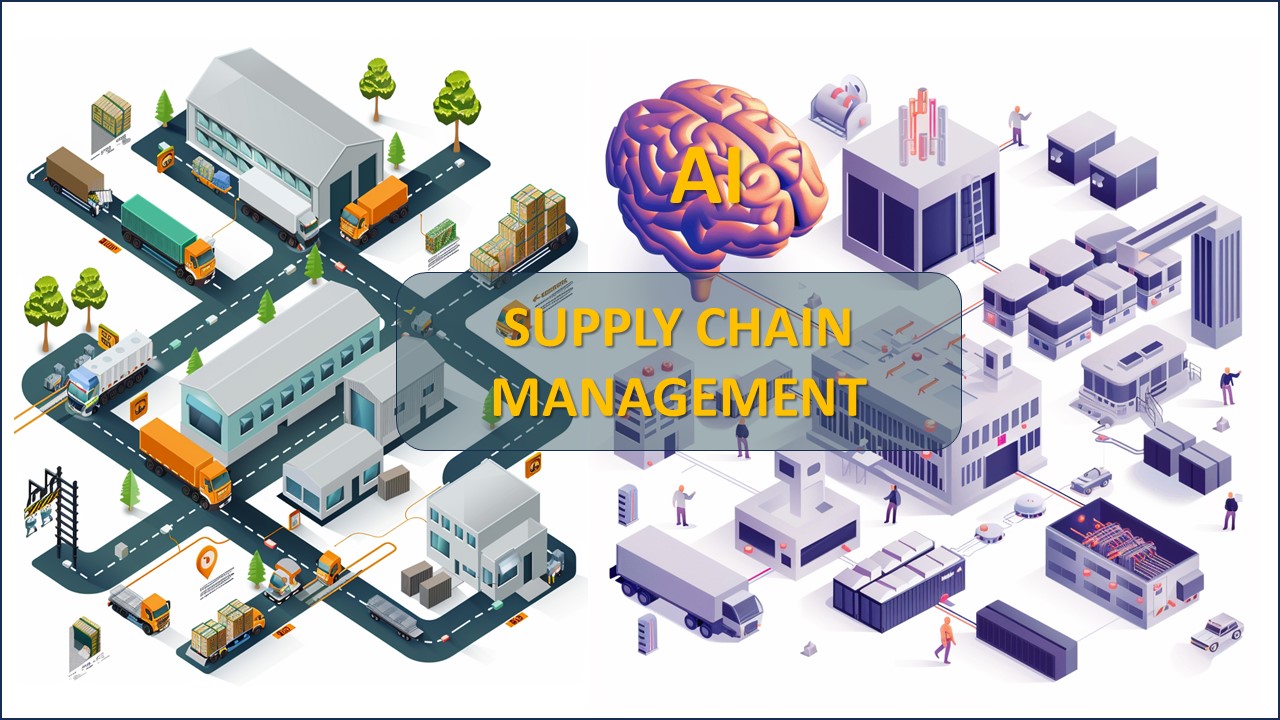- Home
- Magnetics Society
Magnetics Society
Under Construction
| Position or Point | Name | Contact | Comments |
| Chair, Magnetics Society | Zbigniew Celinski | zcelinsk@uccs.edu | |
| Treasury, Magnetics Society | Dmytro Bozhko | dbozhko@uccs.edu |
Upcoming Meetings (note: if you see the following message below: “An error has occurred, which probably means the feed is down. Try again later.”, it means that there are currently no meetings scheduled.)
 Magnetics Society
Magnetics Society
- An error has occurred, which probably means the feed is down. Try again later.
Select the [Magnetics] tab to see the latest 10 items of reported events.
Reported Meetings- Pikes Peak Section
- Computer Society
- Magnetics Society
- Joint Circuits and Systems/Electronic Devices
- Power and Energy Systems
- Life Member Affinity Group

You and our spouse or partner are invited to a special event on the evening of July 16. Pikes Peak is holding this special Dinner buffet catered by Paravicini Bistro, [...]

James Mercier will be travelling to Colorado Springs all the way from Texas to share this Distinguished Lecture with us, and explain both how the Electrical and the Traffic Engineering [...]
Space assets such as satellites, drones and spacecraft are increasingly attractive targets for adversaries ranging from individual hackers, to hacker groups and nation states. This rapid rise in the cyber [...]
This session on reliability engineering/technology will focus on reliability engineering as an engineering discipline and profession that is critical for today's complex and critical systems, and reliability technology as a [...]
Leading a development team in an agile environment mirrors guiding the Fellowship of the Ring. Both require a clear vision, diverse skills, strong collaboration, adaptability to challenges, and a foundation [...]

Pike Solar is the largest solar facility in the Coloado Springs Utilities electric system, consisting of 400,000 photovoltaic panels. Through our Power Purchase Agreement with Juwi, we are able to use [...]
Abstract: The built environment has a data problem. The buildings, cities, water treatment plants, and other human-made systems produce more data now than ever before, opening new possibilities of using [...]
Abstract: Cyber-physical systems (CPS), such as robots and self-driving cars, demand rigorous scheduling to prevent failure, where every millisecond of processing time can be critical. These systems often rely on [...]
Although unique potentials of terahertz waves for chemical identification, material characterization, biological sensing, and medical imaging have been recognized for quite a while, the relatively poor performance, higher costs, and [...]

Real-world examples of examples and demos in using AI-assisted tools are introduced to increase your productivity. These tools include actual use of these AI-assisted tools during education week to [...]
Space assets such as satellites, drones and spacecraft are increasingly attractive targets for adversaries ranging from individual hackers, to hacker groups and nation states. This rapid rise in the cyber [...]
This session on reliability engineering/technology will focus on reliability engineering as an engineering discipline and profession that is critical for today's complex and critical systems, and reliability technology as a [...]
Leading a development team in an agile environment mirrors guiding the Fellowship of the Ring. Both require a clear vision, diverse skills, strong collaboration, adaptability to challenges, and a foundation [...]
Recent years have seen impressive advances in face recognition, machine learning, and generative AI technologies, and they are being increasingly deployed in a wide variety of applications. Yet they have [...]
Abstract: The built environment has a data problem. The buildings, cities, water treatment plants, and other human-made systems produce more data now than ever before, opening new possibilities of using [...]
Abstract: Cyber-physical systems (CPS), such as robots and self-driving cars, demand rigorous scheduling to prevent failure, where every millisecond of processing time can be critical. These systems often rely on [...]
Although unique potentials of terahertz waves for chemical identification, material characterization, biological sensing, and medical imaging have been recognized for quite a while, the relatively poor performance, higher costs, and [...]

Real-world examples of examples and demos in using AI-assisted tools are introduced to increase your productivity. These tools include actual use of these AI-assisted tools during education week to [...]
Hybrid Event Details Are you involved with Computer Game Development? Do you know of staff or students at academic institutions who are? If so, please share this information on this event [...]

AI-Assisted Tutoring represents a transformative approach to education in Science, Technology, Engineering, and Mathematics (STEM) fields. This innovative educational model integrates artificial intelligence (AI) technologies to create personalized learning experiences, [...]
Artificial intelligence is increasingly ubiquitous across tech and broader society. While incredibly powerful, the energy demands of operating deep-learning networks on traditional von Neumann computers are spiralling unsustainably - limiting [...]
The wildly growing field of antiferromagnetic spintronics is currently addressing several fundamental questions. A major topic of investigation concerns the generation and manipulation of coherent magnons on the ultrafast timescale. [...]
Magnons are the fundamental spin excitations of magnetically ordered materials, such as ferromagnets and antiferromagnets. Magnons combine non-linear properties with tunability and sub-micrometer wavelengths in the gigahertz-frequency regime. The field [...]
Magnetic skyrmions are localized spin textures in-which the magnetic moments curl into a continuous, coplanar loop, bounded on its outside perimeter and core by moments in the out-of-plane direction. This [...]
Artificial spin ice (ASI) is a highly customizable materials platform used for studying fundamental properties of interaction and frustration in magnetic systems, with potential applications in novel computing architectures. Perpendicular [...]
IEEE Magnetics Society Pikes Peak Chapter annual meeting. The questions about the future of the chapter will be discussed including the elections of the new Chair and Treasurer. [...]
Artificial spiking neurons are the primary building blocks in a new class of neuromorphic computer hardware, for example, Intel’s Loihi. Spiking spintronic neurons hold promise to transform conventional computer architectures [...]
Resistive switching and spintronics emerged as leading approaches for the development of scalable and energy-efficient memories and information processing devices. In resistive switching systems, an electrical stimulus, voltage or current, [...]
Nuclear magnetic resonance (NMR) is a powerful analytical tool that allows for noninvasive and nondestructive characterization of the chemical composition of a sample. Furthermore, low field NMR (B0 < 1 [...]
The current revolution in quantum technologies relies on coherently linking quantum objects like quantum bits (“qubits”). Coherent magnonic excitations of low-loss magnetic materials can wire together these qubits for sensing, [...]
Semiconductor microelectronic chips are critical components in defense C4ISR and weapon systems. Department of Defense (DoD) needs to have an assured supply of advanced microcroelectronic chips, in peacetime and wartime. [...]
The Pikes Peak Joint Electron Devices/Circuits & Systems Chapter is being reactivated after a 4 year inactivate period. We invite all those interested in Semiconductor technology to participate in the [...]
Professor Stephen B. Bayne Ph.D. [...]
Abstract: As Moore’s Law is slowing down and eventually approaching an end for conventional CMOS, new platforms for producing circuit-level innovation are desired. At the same time, it is not [...]
The ED/CAS Chapter of the Pikes Peak Section of the IEEE is pleased to invite you to a talk given by Dr. Taylor D. Webb on Focusing Ultrasound Through the [...]
A newfangled paradigm through deployment of the nonequilibrium Arora’s distribution function (NEADF) for resistance surge in low-dimensional nano-resistors is presented, with applications to carbon-based devices. The key outcome is that [...]
Interested in the design of ultra-high efficiency, low cost phased arrays for astronomy, remote sensing and satellite communications? Please join the Pikes Peak ED/CAS Chapter at 10 AM on September 9 at the [...]
Please join us on Friday, November 20th, 2015, at UCCS between 10:00AM -11:00AM for a presentation on the above topic by Mr. Mike Richardson from Quantum Imaging, Inc. Colorado Springs. Abstract: Mr. [...]
Please join us on October 23rd, Engineering Building, UCCS, between 10AM and Noon for a presentation on the above topic by Dr. Salvador Portillo, PhD., from the University of New Mexico. [...]
IEEE Pikes Peak ED/CAS Society Chapter presents-- Future RF Circuit Design: CMOS or SiGe HBT RF Circuits can be designed by CMOS, SiGe HBT or Si BJT technologies. Dr. Adam [...]
S&C's corporate headquarters in Chicago is home to one of the world's leading electrical testing laboratories. Our 20,000-square-foot Nicholas J. Conrad Laboratories (NJC) is well equipped to meet the rigorous [...]

Pike Solar is the largest solar facility in the Coloado Springs Utilities electric system, consisting of 400,000 photovoltaic panels. Through our Power Purchase Agreement with Juwi, we are able to use [...]
Okinawa Prefecture is located at the southernmost tip of the Japanese archipelago, comprising a vast expanse of sea spanning 1,000 kilometers east to west and 400 kilometers north to south, [...]
This webinar delves into a case study focusing on zonal control in a complex island grid hosting grid-forming (GFM) and grid-following (GFL) inverter-based resources (IBRs). The investigation addresses key questions [...]
This webinar will delve into various aspects of distributed loads, including different load modifiers considering both temporal and spatial aspects. We will look at their fundamental principles and operations to [...]
With the United States' ambitious renewable energy goals, the demand for large-scale (>20MW) generator interconnection (GI) services has increased significantly, leading to longer interconnection queues and longer wait times for [...]
FERC Order No. 2222 will help usher in the electric grid of the future and promote competition in electric markets by removing the barriers preventing distributed energy resources (DERs) from [...]
Digital Power Optimization (DPO) will be presenting an overview of Cryptocurrency Mining. Founder and CEO, Andrew Webber will be discussing why bitcoin mining matters to the energy industry, what is [...]
After a review of survey questions, a survey was conducted by the CS Vice Chair, Senthilkumar Mehalingam. The purpose of this meeting is to discuss potential candidates to fill in [...]
National Grid’s vision is to fully eliminate fossil fuels from both our gas and electric systems, enabling all homes and businesses we serve to meet their heating needs without the [...]

James Mercier will be travelling to Colorado Springs all the way from Texas to share this Distinguished Lecture with us, and explain both how the Electrical and the Traffic Engineering [...]
Abstract: Cyber-physical systems (CPS), such as robots and self-driving cars, demand rigorous scheduling to prevent failure, where every millisecond of processing time can be critical. These systems often rely on [...]

Real-world examples of examples and demos in using AI-assisted tools are introduced to increase your productivity. These tools include actual use of these AI-assisted tools during education week to [...]

AI-Assisted Tutoring represents a transformative approach to education in Science, Technology, Engineering, and Mathematics (STEM) fields. This innovative educational model integrates artificial intelligence (AI) technologies to create personalized learning experiences, [...]

Join us for an exciting virtual event on "AI for Electronic Design Automation," where we will delve into the revolutionary applications of machine learning and artificial intelligence in the field [...]

The presentation discusses the challenges in achieving digital privacy and the important role of technologists and policymakers while encouraging engagement from individuals and businesses. When talking about the complexity and [...]

In today's rapidly changing global landscape, engineering managers are faced with unprecedented challenges in managing supply chains efficiently and effectively. The ongoing crisis has further exacerbated these complexities, putting immense [...]
The Austin Life Members' Group promotes the development of members through professional and social networking,addressing topics of interest to Life Members, including volunteer activities, and supports the IEEE Central Texas [...]
Welcome to Global Webinar co-sponsored by Pikes Peak Section and Panama Computer Society Chapter and co-hosted by a number of Chapters worldwide. The Chip Act: A New Era in US [...]
Tour of The National Museum of World War II Aviation, 775 Aviation Way Colorado Spring, CO 80916 Lunch to Follow at: The Airplane Restaurant, 1665 N. Newport Rd. Our Tour [...]
REPORTS
 Magnetics
Magnetics
- Hybrid MagnonicsMagnons are the fundamental spin excitations of magnetically ordered materials, such as ferromagnets and antiferromagnets. Magnons combine non-linear properties with tunability and sub-micrometer wavelengths in the gigahertz-frequency regime. The field of magnonics [1] explores potential applications of magnons for information processing and communication. These applications encompass wave-based Boolean logic, neural networks, quantum technologies and miniaturized […]
- Neutron Scattering from Magnetic SwirlsMagnetic skyrmions are localized spin textures in-which the magnetic moments curl into a continuous, coplanar loop, bounded on its outside perimeter and core by moments in the out-of-plane direction. This very specific configuration provides a non-trivial topology and quasiparticle qualities, including skyrmion kinetics and dynamic modes. Hybrid skyrmions have shown the largest stability envelope, which […]
- Modified Perpendicular Artificial Spin IceArtificial spin ice (ASI) is a highly customizable materials platform used for studying fundamental properties of interaction and frustration in magnetic systems, with potential applications in novel computing architectures. Perpendicular ASI systems are advantageous because they have isotropic interactions between magnetic elements and high perpendicular stray fields that could be used for magnetic imprinting. These […]
- MAG33 Annual Chapter MeetingIEEE Magnetics Society Pikes Peak Chapter annual meeting. The questions about the future of the chapter will be discussed including the elections of the new Chair and Treasurer.
- Femtosecond coherent magnonic manipulation of antiferromagnetismThe wildly growing field of antiferromagnetic spintronics is currently addressing several fundamental questions. A major topic of investigation concerns the generation and manipulation of coherent magnons on the ultrafast timescale. The development of novel pulsed-laser sources has enabled scientists to address the following scientific question: which magnetic excited state can be induced by resonantly drive […]
- Neuromorphic computing in nanomagnetic arraysArtificial intelligence is increasingly ubiquitous across tech and broader society. While incredibly powerful, the energy demands of operating deep-learning networks on traditional von Neumann computers are spiralling unsustainably - limiting scalability and presenting a barrier to zero-carbon futures[1]. A huge reason for this is that existing computing architectures look nothing like the brain, and as […]
- Magnetic tunnel junctions as nanoscale artificial neuronsArtificial spiking neurons are the primary building blocks in a new class of neuromorphic computer hardware, for example, Intel’s Loihi. Spiking spintronic neurons hold promise to transform conventional computer architectures for increased processing speed and computational efficiency in machine learning tasks. This talk will show that magnetic tunnel junctions have the capacity to behave as […]
- Voltage-controlled magnetism enabled by resistive switchingResistive switching and spintronics emerged as leading approaches for the development of scalable and energy-efficient memories and information processing devices. In resistive switching systems, an electrical stimulus, voltage or current, programs the material’s resistivity. In spintronics, electrical signals are used to manipulate and probe the material’s magnetic configuration. Combing resistive switching and spintronics functionalities in […]
- Applications of low field NMR: Relaxation measurements and resin curingNuclear magnetic resonance (NMR) is a powerful analytical tool that allows for noninvasive and nondestructive characterization of the chemical composition of a sample. Furthermore, low field NMR (B0 < 1 T) offers many potential advantages when compared to high field NMR, such as lower costs, smaller size, portability, lower power consumption and the ability to […]
- Coherent magnonics for quantum information scienceThe current revolution in quantum technologies relies on coherently linking quantum objects like quantum bits (“qubits”). Coherent magnonic excitations of low-loss magnetic materials can wire together these qubits for sensing, memory, and computing. Coherent magnonics may reduce the size of superconducting qubits (which otherwise struggle with the large scale of microwave excitations) and may increase […]
